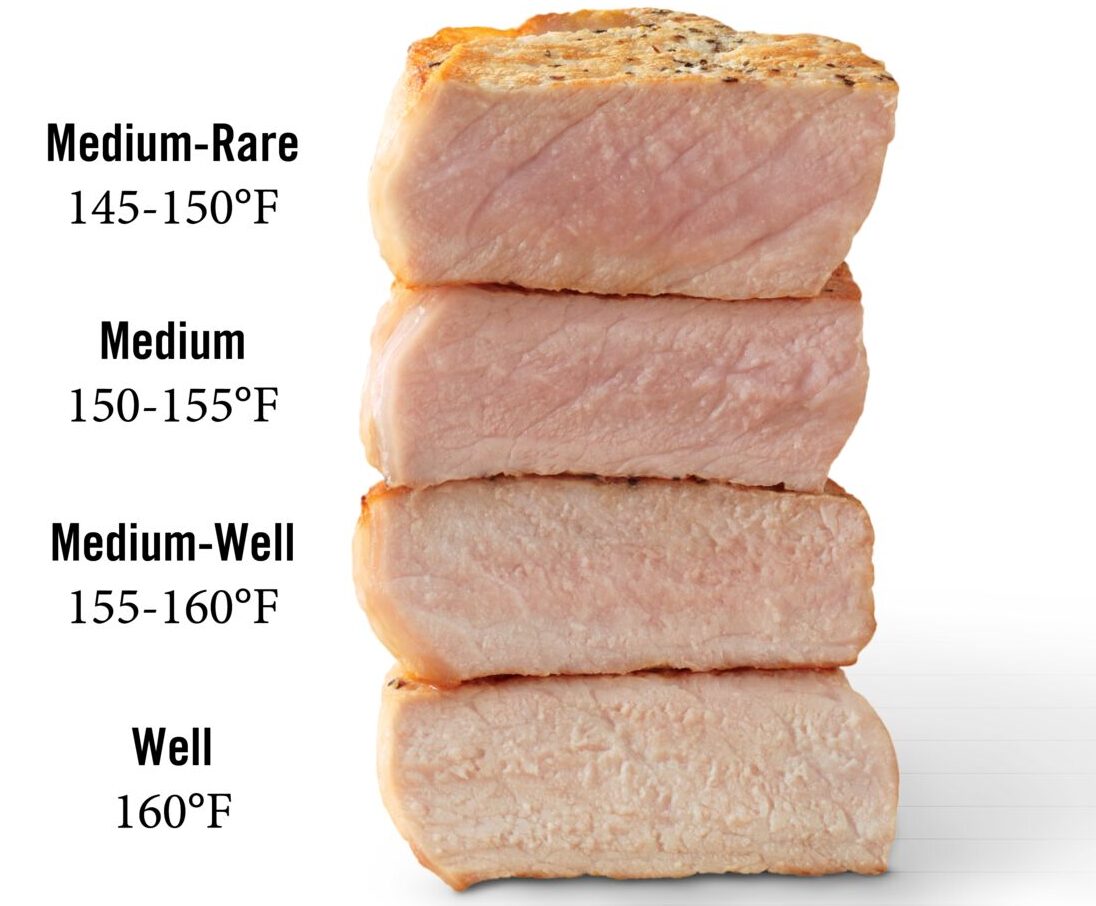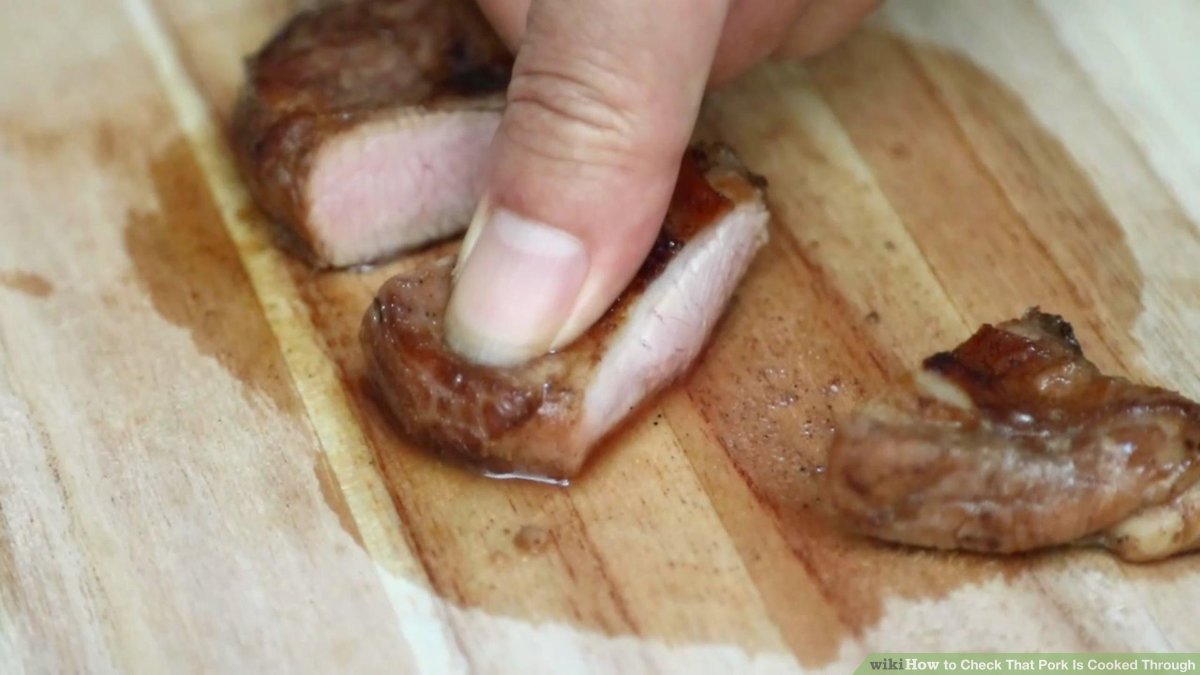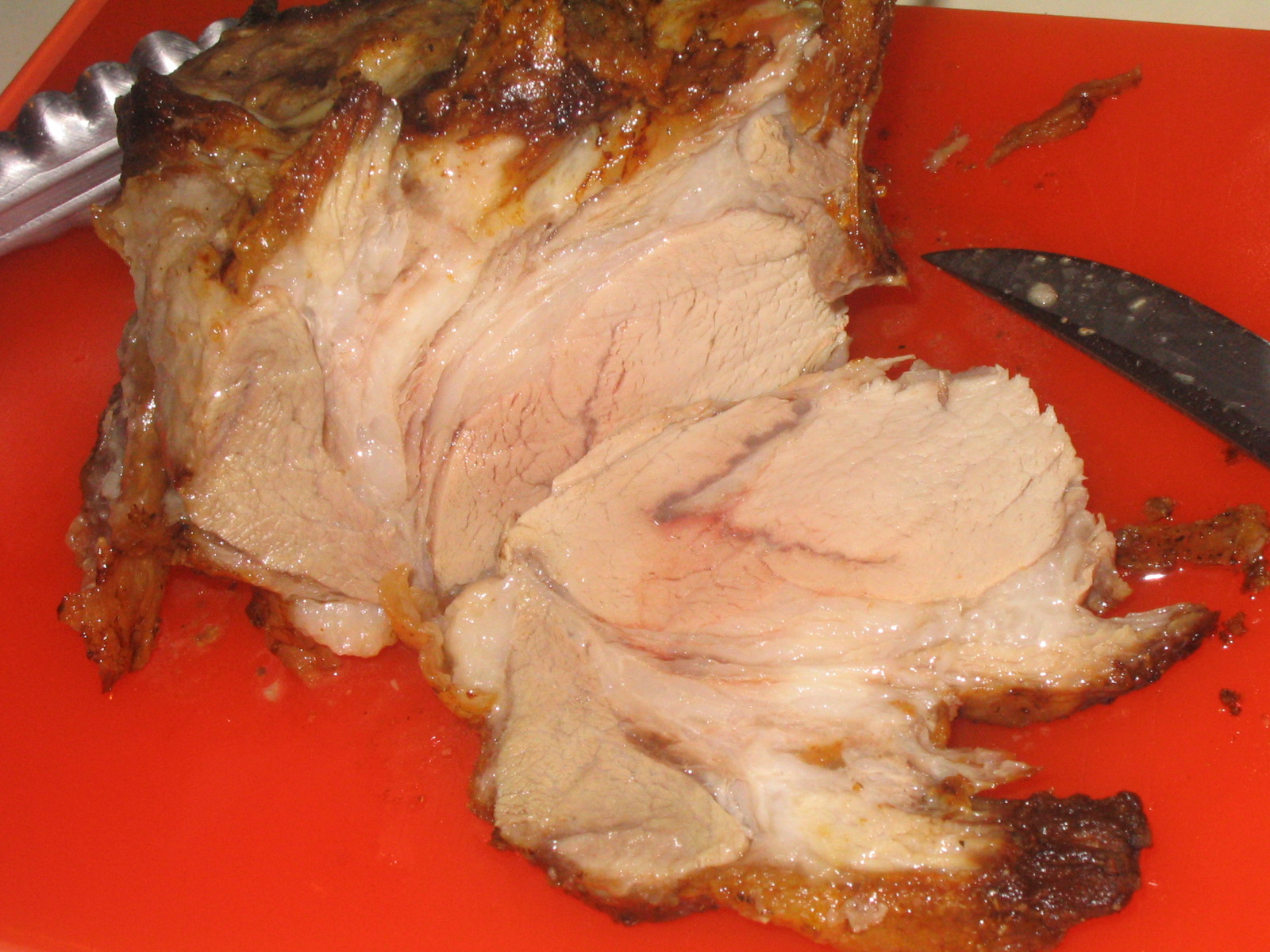Leftover pork is a delicious and versatile ingredient, but knowing how long it’s safe to leave at room temperature is crucial to prevent foodborne illness.
This guide will explore the key factors affecting how long cooked pork can sit out, ensuring you enjoy your leftovers safely. We’ll delve into the science behind food safety, explore specific timeframes, and provide tips for proper storage and reheating to maximize the enjoyment of your leftover pork.
Keeping Cooked Pork Safe: A Guide to Storage and Handling

Enjoying delicious cooked pork comes with the responsibility of handling and storing it properly. Following these safety guidelines ensures you minimize the risk of foodborne illness and savor your pork with peace of mind.
Why Proper Handling Matters:
Proper handling is crucial to prevent harmful bacteria growth on cooked pork. This includes using clean hands and utensils when preparing and storing it. Additionally, prompt refrigeration slows down bacterial activity, keeping your pork safe for longer. By following these practices, you ensure the quality and safety of your cooked pork.
Recommended Storage Times:
Refrigeration is key to maintaining the quality and safety of cooked pork. Here’s what to remember:
- Refrigerate within 2 hours: After cooking, don’t leave pork at room temperature for longer than 2 hours. This reduces the risk of bacteria growth.
- Store at 40°F (4°C) or below: For optimal storage, your refrigerator should maintain a temperature below 40°F (4°C).
- Safe storage duration: Properly stored cooked pork will last for up to 4 days in the refrigerator.
- Maximize shelf life: To extend the freshness of your pork, use airtight containers or tightly wrap it in foil or plastic wrap.
Freezing for Long-Term Storage:
For longer storage, consider freezing your cooked pork. It can last for 3 to 4 months at 0°F (-17.8°C) or below. Remember to label your containers with the date to keep track of freshness.
Factors Affecting The Shelf Life Of Cooked Pork

Cooked pork is a delicious leftover, but how long can you keep it around? Several factors influence how long cooked pork stays safe to eat. Let’s explore these factors to ensure your leftover pork is a tasty treat, not a recipe for trouble.
- Temperature Matters Most: The most critical factor affecting cooked pork’s shelf life is temperature. Bacteria love to multiply at room temperature, and cooked pork is no exception. Leaving cooked pork out for extended periods creates a breeding ground for these harmful microbes, potentially leading to spoilage and foodborne illness.
- The Power of Refrigeration: To keep your cooked pork safe, refrigerate it promptly after cooking. Aim for a temperature below 40°F (4°C) to slow bacterial growth significantly. Invest in a refrigerator thermometer to ensure your fridge maintains this safe temperature zone.
- Minimize Air Exposure: Once cooked, limit cooked pork’s exposure to air. Airborne bacteria can land and multiply on the surface, increasing the risk of illness. To combat this, store cooked pork in airtight containers or wrap it tightly in aluminium foil or plastic wrap. This simple step helps maintain quality and safety by minimizing external contamination.
Keeping Cooked Pork Safe and Delicious: Storage Tips

Cooked pork is a delicious and versatile dish, but proper storage is essential to ensure its safety and quality. Here’s what you need to know:
Temperature Matters:
- The Danger Zone: The temperature range between 40°F (4°C) and 140°F (60°C) is known as the “danger zone” for bacteria growth. Cooked pork left in this zone for more than two hours is at risk of spoilage and foodborne illness.
- Refrigerate Promptly: To minimize risk, refrigerate leftover cooked pork as soon as it cools slightly, ideally within two hours of cooking.
- Monitor Temperature: Invest in a refrigerator thermometer to ensure your refrigerator maintains a safe temperature below 40°F (4°C).
Minimize Air Exposure:
- Airborne Threats: Bacteria and other contaminants can lurk in the air, and cooked pork left exposed is vulnerable.
- Airtight Containers: Store cooked pork in airtight containers or wrap it tightly with aluminium foil or plastic wrap. This creates a barrier against contamination and helps retain moisture.
- Separate Storage: Keep cooked pork away from raw meat and other perishable items to prevent cross-contamination.
By following these simple storage tips, you can enjoy your leftover cooked pork safely and deliciously!
Signs Of Spoiled Cooked Pork

Keeping your family safe from foodborne illness is essential. Here’s how to identify cooked pork that’s past its prime:
Look Before You Cook: Discoloration is a key giveaway. Freshly cooked pork should be pink or white. If it’s taken on a grayish or greenish hue, it’s best to toss it. Texture is another telltale sign. Spoiled pork can become slimy or sticky, an unpleasant change from its normal firmness.
Trust Your Nose: Fresh pork has a mild smell. If your cooked pork gives off a foul odour, like something rotten or sour, it’s spoiled. Don’t risk it! Discard the pork immediately.
Prioritize Food Safety: When in doubt, throw it out! Spoiled pork can harbour harmful bacteria that can cause foodborne illness. By following these simple tips and storing and handling pork properly, you can keep your meals safe and delicious.
Safe Handling Practices For Cooked Pork

Keeping cooked pork safe to eat requires following proper handling practices. Here’s what you need to know:
Storing Leftovers Safely:
- Speed is Key: To prevent bacterial growth, refrigerate cooked pork within two hours of cooking at or below 40°F (4°C).
- Divide and Conquer: To speed up cooling, cut large portions of pork into smaller containers. This ensures even cooling throughout.
- Seal it Tight: Use airtight containers or plastic wrap to prevent contamination and drying out.
- Label It Smartly: Date your containers to keep track of freshness.
Reheating for Safe Consumption:
- Thaw First: If your pork is frozen, thaw it completely in the refrigerator before reheating. This ensures even cooking throughout.
- Temperature Matters: Use a food thermometer to check the internal temperature. Reheat until it reaches 165°F (74°C) to eliminate harmful bacteria.
- Heat it Through No matter the method (oven, stovetop, microwave, or grill), ensure the pork is reheated thoroughly to eliminate cold spots.
- One Shot Only: Do not reheat cooked pork. Multiple reheating cycles increase the risk of bacterial growth. Only reheat what you plan to eat.
By following these simple steps, you can enjoy delicious and safe cooked pork meals without worry.
Conclusion
Consuming delicious pork doesn’t have to come at the risk of foodborne sickness. By following a few simple steps, you can ensure your cooked pork stays fresh and enjoyable.
The key lies in proper handling and storage. Cooked pork shouldn’t be left at room temperature for more than two hours, as this creates a breeding ground for bacteria. Refrigerate leftovers promptly and reheat them to an internal temperature of 145°F. When in doubt, trust your senses. Look for changes in color and texture, and if the smell seems off, it’s best to err on the side of caution and discard the pork.
With a little vigilance and these helpful tips, you can savor your favorite pork dishes with confidence, keeping yourself and your loved ones safe from foodborne illnesses.
References:
FAQ About How Long Can Cooked Pork Sit Out: Ensuring Pork Safety
Q: How long can cooked pork sit out at room temperature?
A: Cooked pork should not sit out at room temperature for more than 2 hours. It is important to refrigerate cooked pork promptly to prevent bacterial growth.
Q: Can I leave cooked pork out overnight?
A: No, it is not safe to leave cooked pork out overnight. Bacteria can start to grow rapidly at room temperature, increasing the risk of foodborne illness.
Q: How should cooked pork be stored to maintain freshness?
A: Cooked pork should be properly stored in the refrigerator at 40°F (4°C) or below. It is best to store cooked pork in shallow, airtight containers to ensure food safety.
Q: Can I reheat cooked pork that has been left out?
A: It is not recommended to reheat cooked pork that has been left out for an extended period. If cooked pork has been left out for more than 2 hours, it is safer to discard it to avoid the risk of foodborne illness.
Q: How can I tell if cooked pork is still safe to eat?
A: To determine if cooked pork is safe to eat, check for signs of spoilage such as an off smell, unusual color, or slimy texture. When in doubt, it is best to err on the side of caution and discard the pork.
Q: Is it safe to consume cooked pork that has been refrigerated for several days?
A: Cooked pork can be safely stored in the refrigerator for 3-4 days. After this time, it is recommended to discard any leftover cooked pork to avoid the risk of food poisoning.
Q: What is the best way to reheat cooked pork to ensure it is safe to eat?
A: When reheating cooked pork, make sure it reaches an internal temperature of 165°F (74°C) to kill any bacteria. It is advisable to reheat pork in the oven, microwave, or stovetop until it is piping hot.

Johnny Knuckles Knock-out BBQ is a culinary haven for barbecue enthusiasts, offering a fusion of traditional BBQ and tantalizing street fare. Our secret to delivering mouthwatering dishes lies in our meticulous preparation process. Each cut of meat is lovingly hand-rubbed and slow-smoked over 100% hardwood, creating a symphony of flavors that will leave your taste buds dancing. Whether planning a special event or simply craving an unforgettable meal, Johnny Knuckles Knock-out BBQ is here to elevate your dining experience. Our catering services are designed to bring the sizzle and aroma of our delectable BBQ to your event, ensuring that every guest leaves with a full belly and a smile.